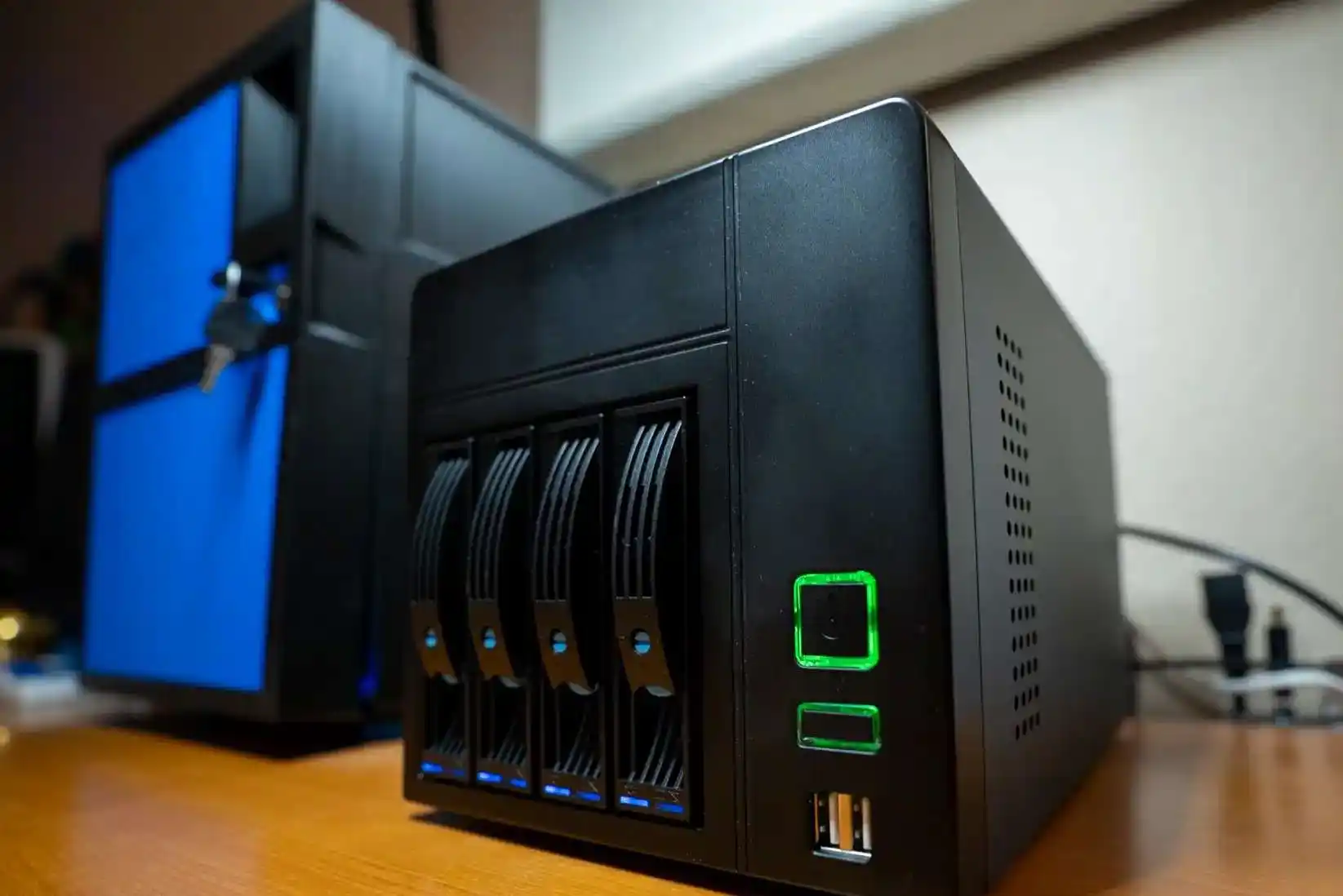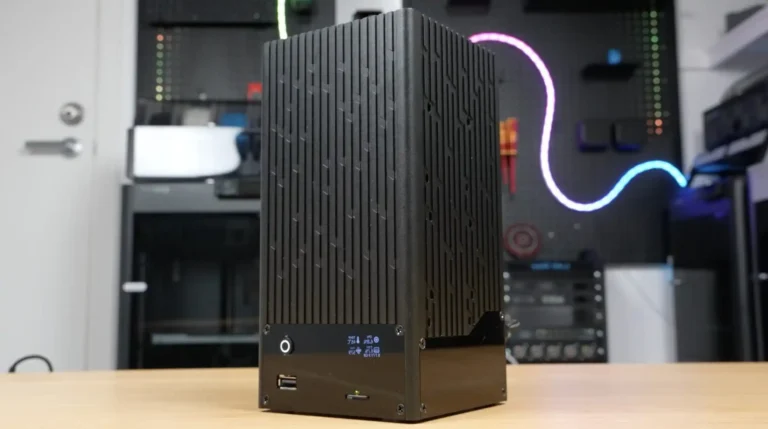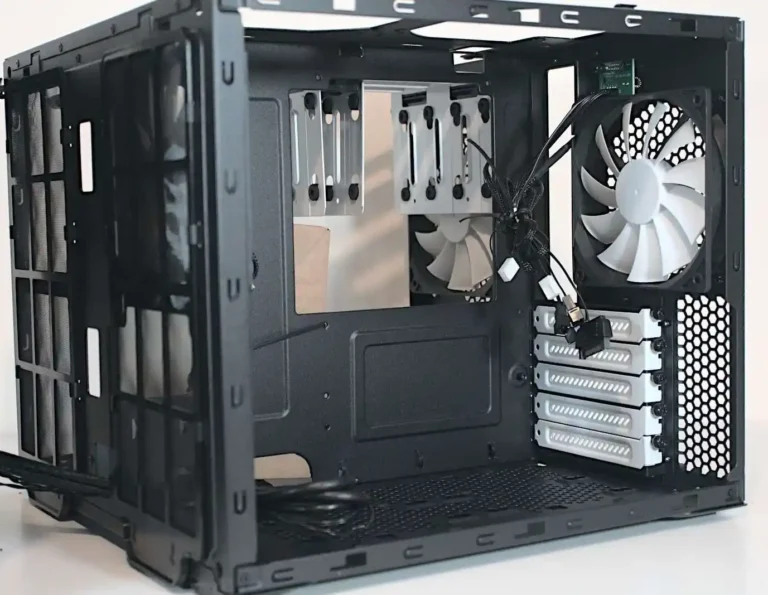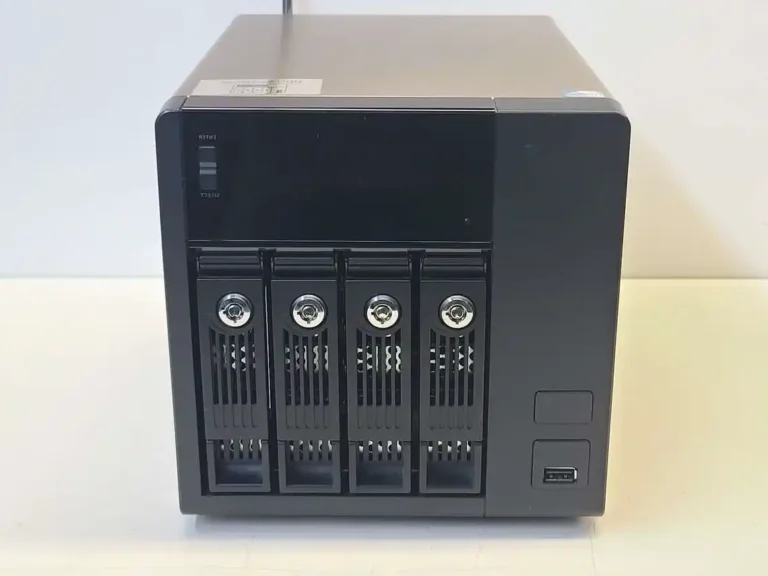Tem discos para manipular, vias para alimentar e zero tempo para cablagem defeituosa. Esta peça transforma o complicado puzzle “chassis NAS + HBA + expansor” numa lista de verificação apertada e pronta para o terreno. É tagarela, um pouco desorganizado e focado no que realmente quebra ou voa no rack.
TL;DR: combine o protocolo gen de ponta a ponta, conheça o seu tipo de backplane, não faça multi-path SATA, dimensione os uplinks e não apenas os compartimentos, e mantenha o HBA frio. Em caso de dúvida, especifique o SAS3 e o modo IT.
HBA SAS3 (LSI/Broadcom 9300/9305/9400) vs SAS2
Escolha um HBA que não cause gargalos no primeiro dia. As placas SAS3 (12 Gb/s) - pense na família 9300/9305/9400 - funcionam bem com backplanes e expansores modernos. O SAS2 funciona, claro, mas é mais antigo, mais lento e menos tolerante quando se começa a empilhar expansores ou a misturar SSD/HDD SATA. Se você executar o ZFS, atualize a placa para Modo TI e deixar que o sistema de ficheiros veja as unidades em bruto. Simples, estável e previsível.
Porquê preocupar-se? Porque as incompatibilidades de protocolo transformam-se em quedas de ligação estranhas e tempos limite misteriosos. Além disso, o seu "eu" futuro irá adicionar mais unidades. Isso acontece sempre.
Placa traseira “EL1 vs EL2” e unidades SATA vs SAS
EL1 = placa de expansão de porta única. EL2 = porta dupla. As unidades SAS podem usar caminho duplo (para HA / MPIO). SATA não pode não fazem dual-path neste contexto. Por isso, não utilize dois uplinks para o mesmo grupo SATA e espere uma largura de banda mágica. Receberá erros, não uma taxa de transferência extra. Com SATA, conecte um caminho limpo e sem complicações. Com discos SAS de porta dupla e backplanes EL2, enlouqueça com o multi-pathing adequado.
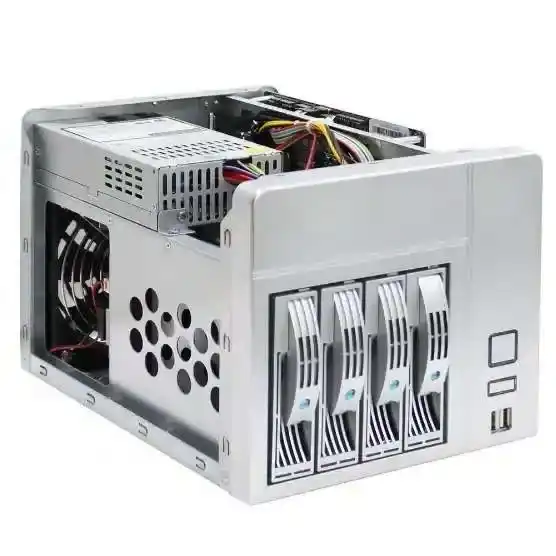
Expansor SAS (classe Intel, classe HP): quando ajuda, quando prejudica
Os expansores são ótimos para densidade: muitos compartimentos, menos portas HBA. Mas cada expansor adiciona um salto, e seu vias de ligação ascendente são o verdadeiro limite. Se o seu array estiver a rebentar com força - esfregões, resilver, leituras de vários clientes - certifique-se de que cada expansor tem largura de banda de ligação ascendente suficiente para o HBA. Caso contrário, você criará um engarrafamento com LEDs bonitos.
Regra geral: escalar uplinks com baías. Mais discos ⇒ mais uplinks (onde o backplane os suporta), não apenas mais caddies.
SFF-8087 / SFF-8643 / SFF-8654 (SlimSAS): corresponder à instalação de cabos
A sopa de letras do conetor é importante.
- SFF-8087: mini-SAS interno clássico (era SAS2).
- SFF-8643mini-SAS HD (SAS3).
- SFF-8654 (SlimSAS): compacto mais recente, também visto no equipamento 24G.
Utilizar o correto cabos ou cablagens de fan-out adequadas. Não force adaptadores com marcas misteriosas; a integridade do sinal não é uma vibração, é física. Mantenha as ligações curtas, bloqueie os conectores e teste sob carga.
Largura de banda, ligações ascendentes e subscrição excessiva
Uma prateleira de 24 compartimentos com um uplink x4 vai rastejar quando você a atingir com scrubs + backups + boots de VM. Distribua os compartimentos por várias portas upstream se o backplane o permitir. Observe o seu rácio de subscrição excessiva (quantas vias downstream partilham uma via upstream). Se não for possível adicionar ligações ascendentes, escalone as cargas de trabalho ou limite a concorrência de reconstrução.
ZFS/TrueNAS, modo IT e notas de driver (mpt3sas)
Executar HBAs em Modo TI para que o ZFS/TrueNAS possa gerenciar os discos diretamente (sem as manobras da RAID BIOS). No Linux, o mpt3sas suporta a maioria dos HBAs SAS3. Mantenha o firmware do SO e do HBA atualizados. As placas SAS2 mais antigas funcionam, mas o suporte do driver e as peculiaridades aparecem mais rapidamente sob cargas mistas SATA/SAS.
Arrefecimento e energia: as coisas aborrecidas que o salvam
Os HBAs e os expansores descarregam calor. Dê-lhes uma vista de olhos de frente para trás túnel de ar, e não uma brisa quente. Adicione uma pequena ventoinha de parede de alta pressão estática se o seu chassis estiver cheio. Proteja a alimentação do expansor (Molex ou slot power) e evite divisores em cadeia que cedem durante a rotação. Orçamento térmico em primeiro lugar, cablagem bonita em segundo.
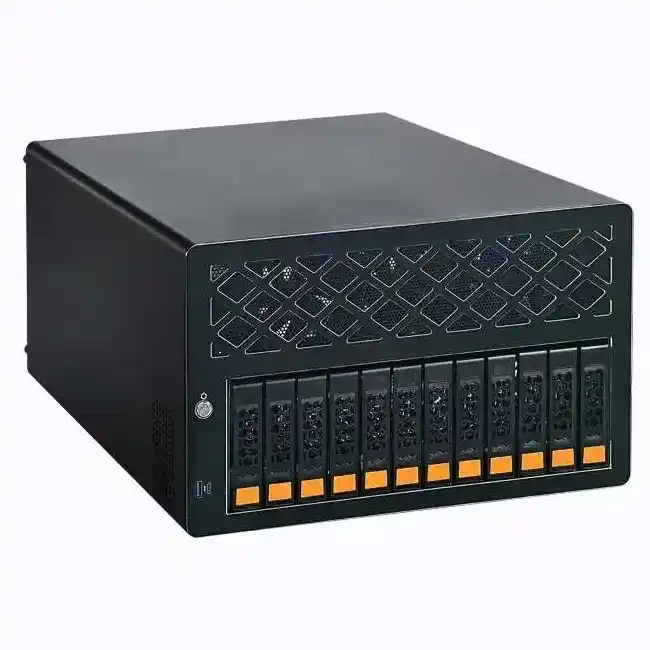
Lista de verificação de compatibilidade (tabela para impressão)
| Item | O que verificar | Bom sinal | Notas |
|---|---|---|---|
| Geração e modo HBA | Modelo do cartão, firmware, IT vs IR | SAS3 (9300/9305/9400) em Modo TI | Evite misturar RAID BIOS com ZFS. |
| Tipo de barramento de dados | Marcação EL1 / EL2 ou manual | EL1 para SATA de caminho único; EL2 para SAS de caminho duplo | Não faça dual-path SATA, vai perseguir fantasmas. |
| Presença do expansor | Modelo em backplane ou placa separada | Expansor SAS2/3 conhecido com FW recente | Mais cais? Acrescentar uplinks, não apenas caddies. |
| Contagem e velocidade do uplink | # de ligações x4 do backplane/expansor para o HBA | ≥2 uplinks para cargas de trabalho pesadas de 16-24 baías | Reduzir o número excessivo de inscrições durante as sessões de esfregaço. |
| Cabos e conectores | Correspondência SFF-8087 / 8643 / 8654 | Cabos com especificações corretas, percursos curtos | Etiquetar ambas as extremidades; testar sob carga. |
| Mistura SATA vs SAS | Tipos de discos por grupo | Manter grupos SATA de caminho único | Utilize SAS de porta dupla se necessitar de MPIO. |
| SO e controladores | Kernel + mpt3sas / notas de plataforma | SO/HBA FW atual, emparelhamentos conhecidos como bons | Versões de pinos em prod. |
| Arrefecimento e energia | Fluxo de ar sobre HBA/expansor, alimentação estável | Fluxo de frente para trás, sem bolsas quentes | Amarre os cabos; evite que se afrouxem durante a rotação. |
Três cenários rápidos (vibração do mundo real)
Pequeno laboratório doméstico, NAS de 8 compartimentos (escritório lateral tranquilo)
Escolhe-se um placa ITX mais um chassis compacto. Um HBA SAS3 em modo TI. Placa traseira EL1 única, uma ligação ascendente, combinação de HDD SATA. Mantenha-o simples, mantenha-o fresco. Se pretende um espaço reduzido, um chassis compacto Caixa ITX funciona muito bem e ainda deixa espaço para um HBA de baixo perfil.
Servidor de ficheiros SMB, 24 compartimentos, HDD misto + algumas cache SSD SATA
Aqui, um montagem em bastidor é a escolha sensata. Aponte para um backplane EL2 mesmo que ainda não tenha um caminho duplo; é à prova de futuro com unidades SAS. Adicionar duas ligações ascendentes do expansor para o HBA. Mapeie seus vdevs por porta de backplane para distribuir a carga. Um sólido caixa de pc para rack de servidor (4U) com uma parede de ventoinhas mantém o HBA e o expansor satisfeitos.
Laboratório de multimédia + VM, leituras intensas, limpeza frequente
Você quer uma taxa de transferência previsível, não fogos de artifício. Use um HBA SAS3, verifique as pistas do backplane e divida os pools entre dois uplinks. Se precisar de espaço para o fluxo de ar e ranhuras extra, um Caixa de servidor 4U é sempre melhor do que um chassis curto e apertado.
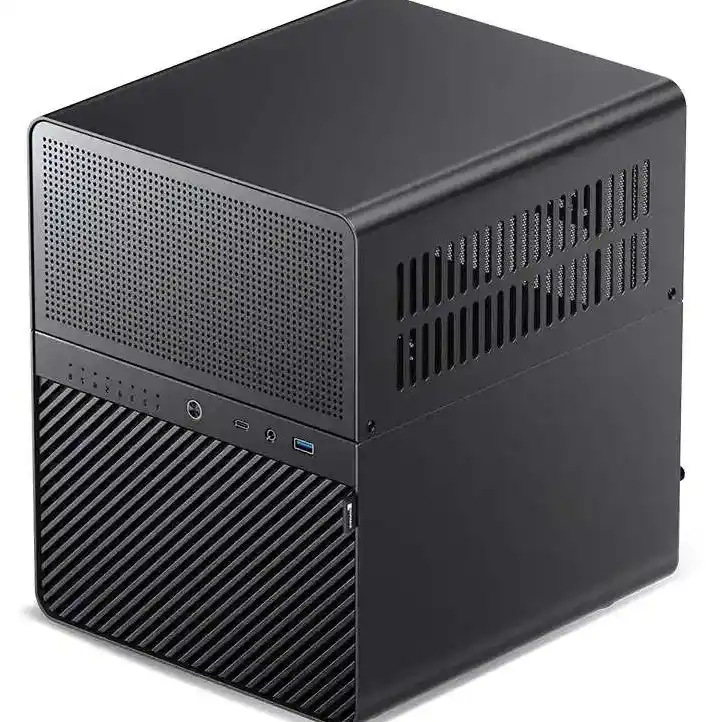
Onde é que o IStoneCase se encaixa (e porque é que lhe poupa ciclos)
Não precisa apenas de caixas. Precisa de caixas construídas para pistas, fluxo de ar e manutenção real. A IStoneCase está posicionada exatamente aí-OEM/ODM trabalho, ajustes rápidos e construções de grande volume para centros de dados, equipas de algoritmos, MSPs e construtores que detestam tempos de inatividade. Se está à procura de um caixa para pc de servidor com colocação adequada de ventoinhas, cablagem de placa posterior pré-encaminhada e espaço para HBAs e calhas, comece aqui:
- Caixa de servidor GPU - para nós de IA/HPC que ainda querem armazenamento de nível 2/3 nas proximidades.
- Caso do servidor - para fins gerais, layouts ATX/E-ATX, frentes hot-swap.
- Caixa para montagem em bastidor - o seu clássico caixa de computador servidor no bastidor, com cabo.
- Caso NAS - compartimentos limpos, fluxo de ar correto, sala HBA.
- Caixa ITX - pequeno, mas não frágil.
- Calha de guia do chassis - não saltar carris; a facilidade de manutenção é o tempo de atividade.
- Caixa de servidor OEM/ODM - você traz a especificação, eles trazem desenhos, protótipos e execuções.
SEO-heads: isto também corresponde às frases que as pessoas realmente pesquisam.caixa de pc para rack de servidor, caixa para pc de servidor, caixa de computador servidor, caixa do servidor atx-sem enchimento ou propaganda. Mantemo-lo natural.
Construir notas que podem ser roubadas
- Inicie o SAS3 de ponta a ponta. Os backplanes e expansores comportam-se melhor e não terá de voltar a pintar mais tarde.
- Trate os uplinks como ouro. Adicione-os com antecedência. A subscrição excessiva não é gratuita.
- SATA = caminho único. SAS = caminho duplo. Se misturarmos as duas coisas, teremos o momento “porque é que o meu SSD está a desaparecer, lol?.
- Mantenha o dissipador do HBA no fluxo de ar. Se a placa estiver num ponto morto, adicione uma ventoinha direcionada. Uma pequena correção, uma grande vitória.
- Cabos com etiquetas. No futuro, não há tempo para sondar o tom num corredor quente.
- Teste sob stress. Scrub, resilver, rsync storms. Se sobreviver a isso, provavelmente está bem.
Mini FAQ
Posso ligar dois cabos de um grupo de backplane SATA a um HBA para obter mais velocidade?
Não. Não é assim que funciona. Provavelmente verá erros, não largura de banda.
Preciso de expansores?
Só se o número de portas em relação aos compartimentos o exigir. Se o fizer, tenha em atenção os uplinks.
Uma placa ATX caberá bem numa 4U?
Em geral, sim. Basta verificar o padrão de espaçamento e a folga da ranhura PCIe numa caixa do servidor atx.
Posso simplesmente incluir o NVMe?
História diferente (U.2/U.3, switch PCIe, JBOF). Para esta lista de verificação, estamos na terra do SAS/SATA.

